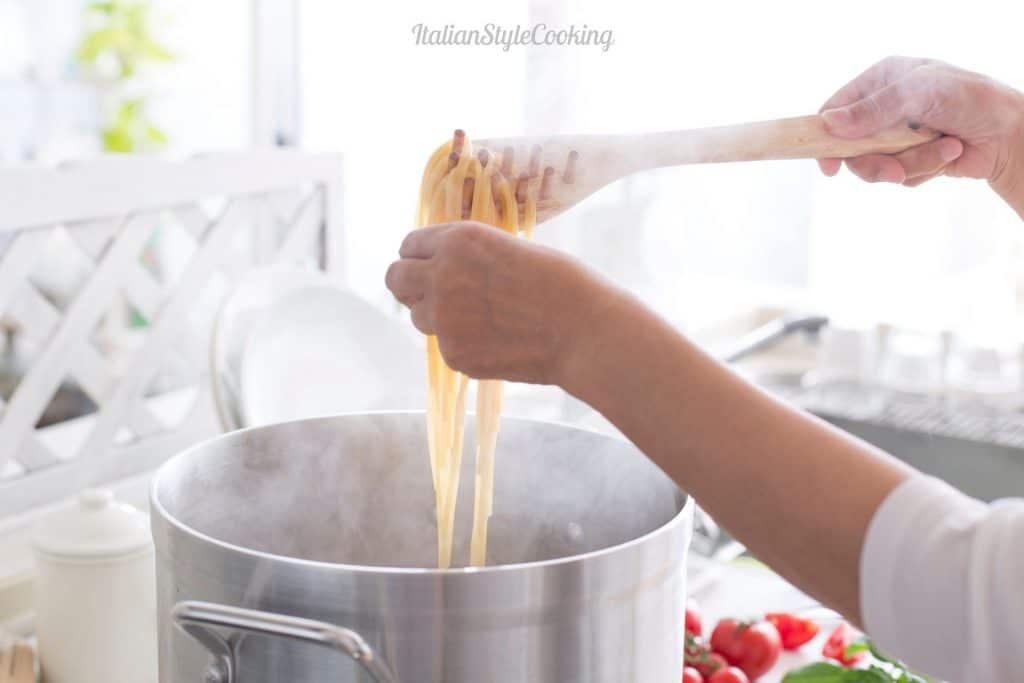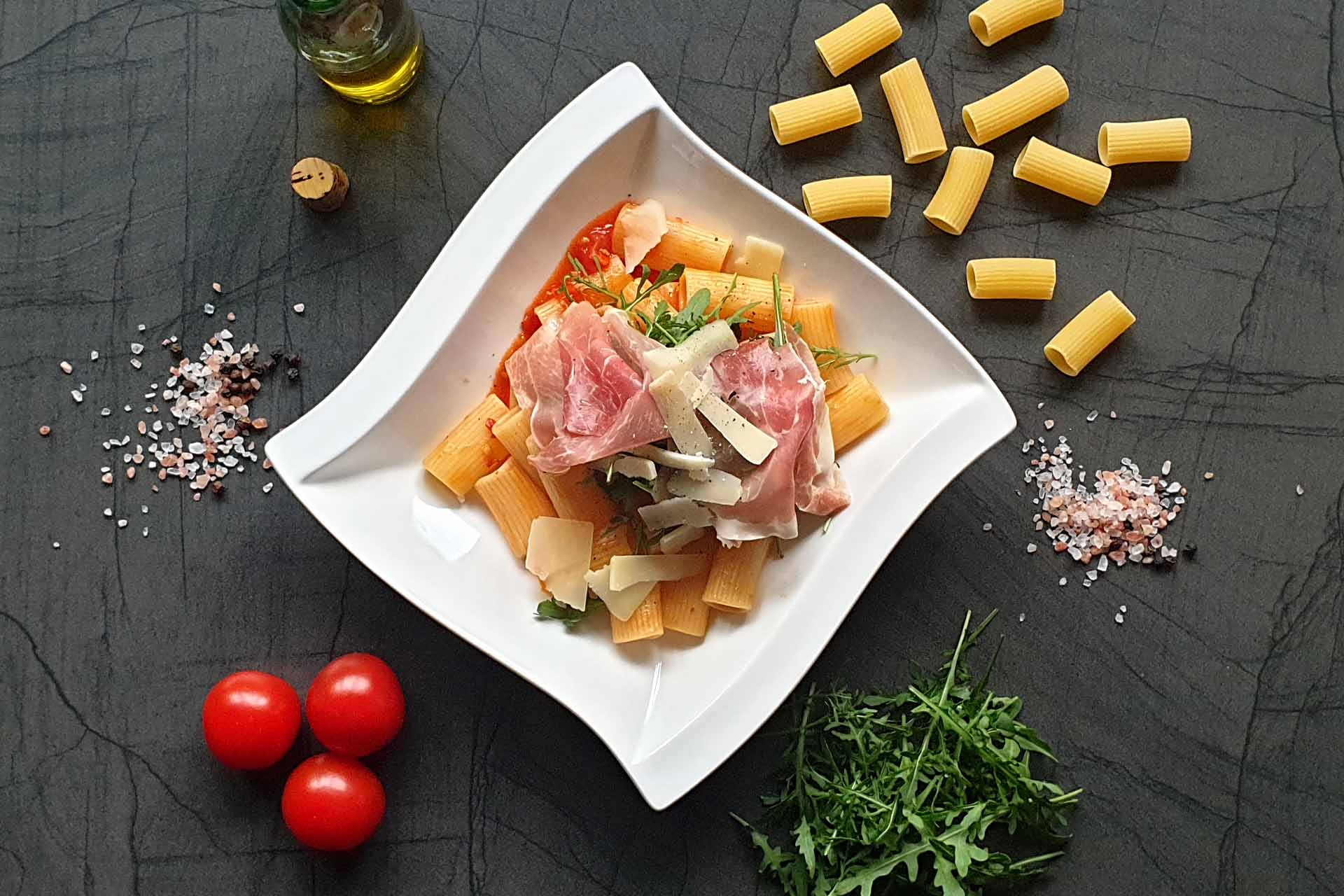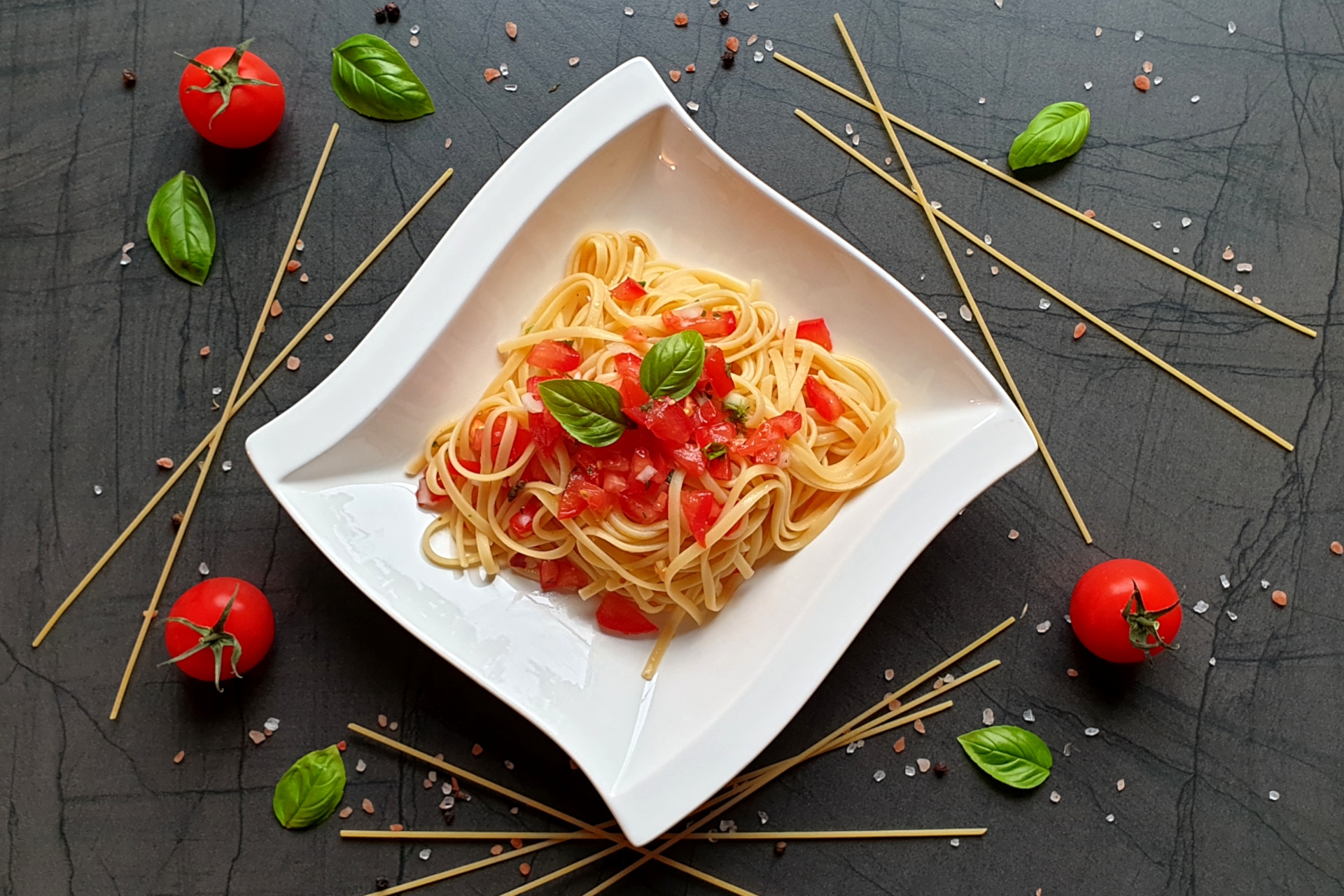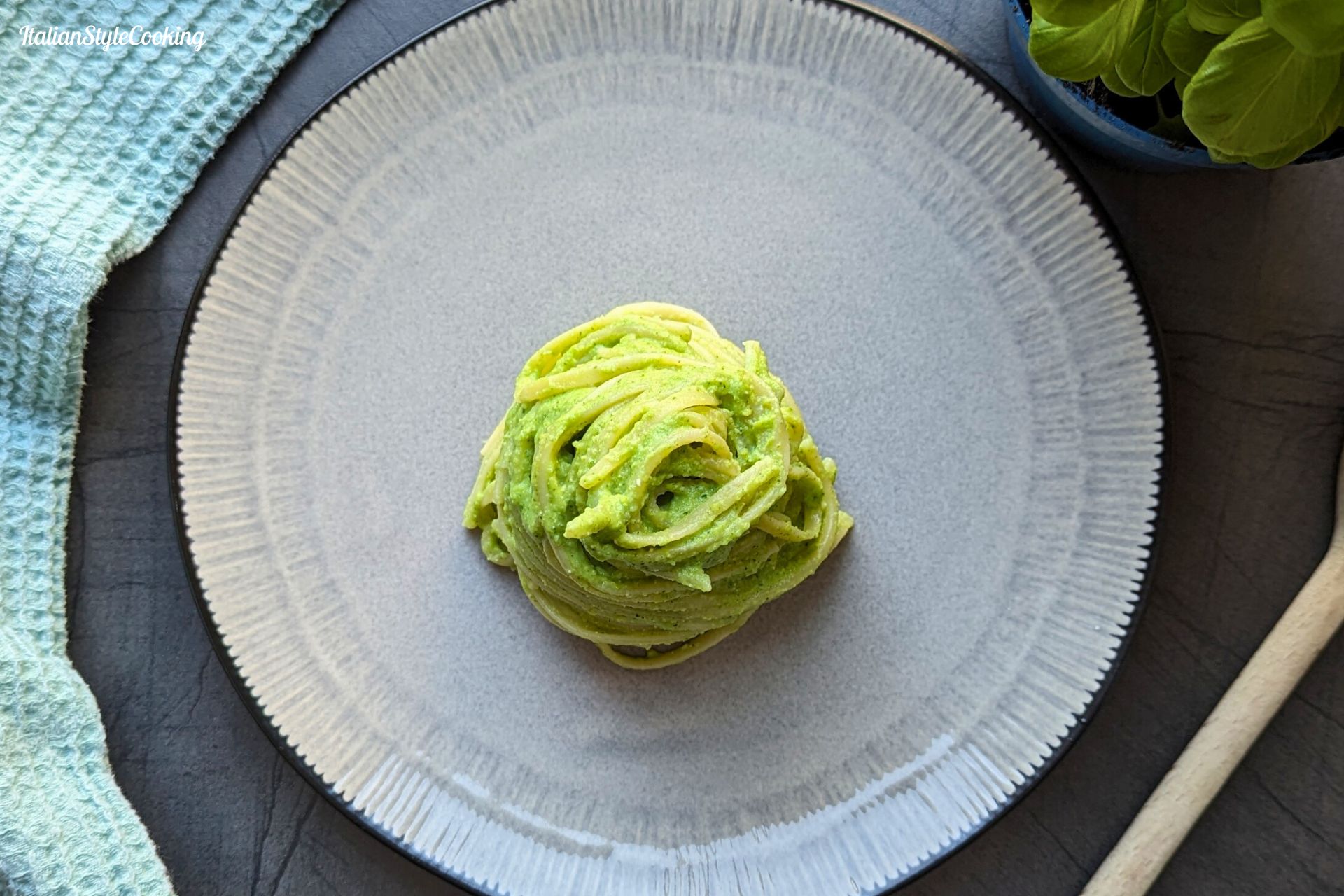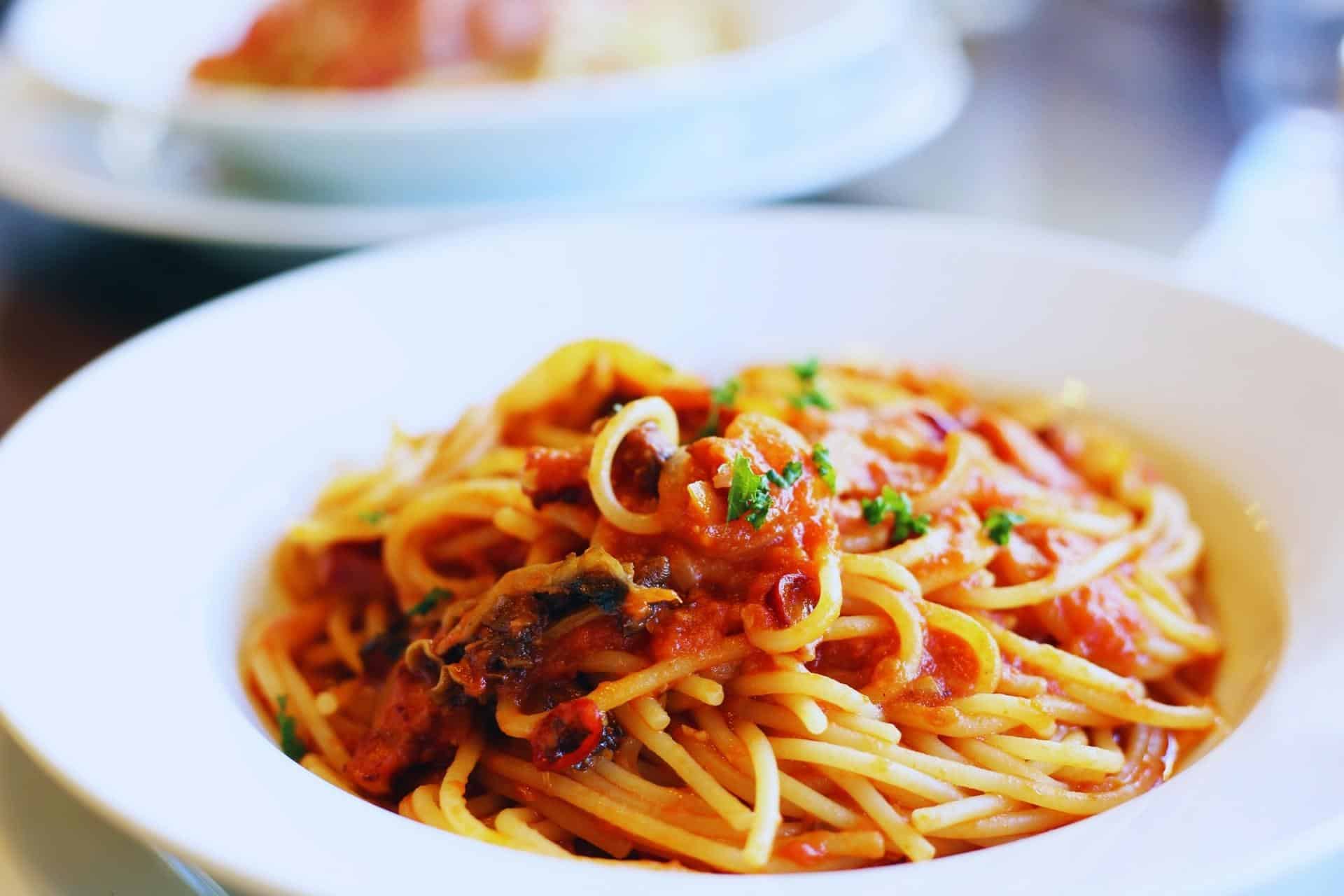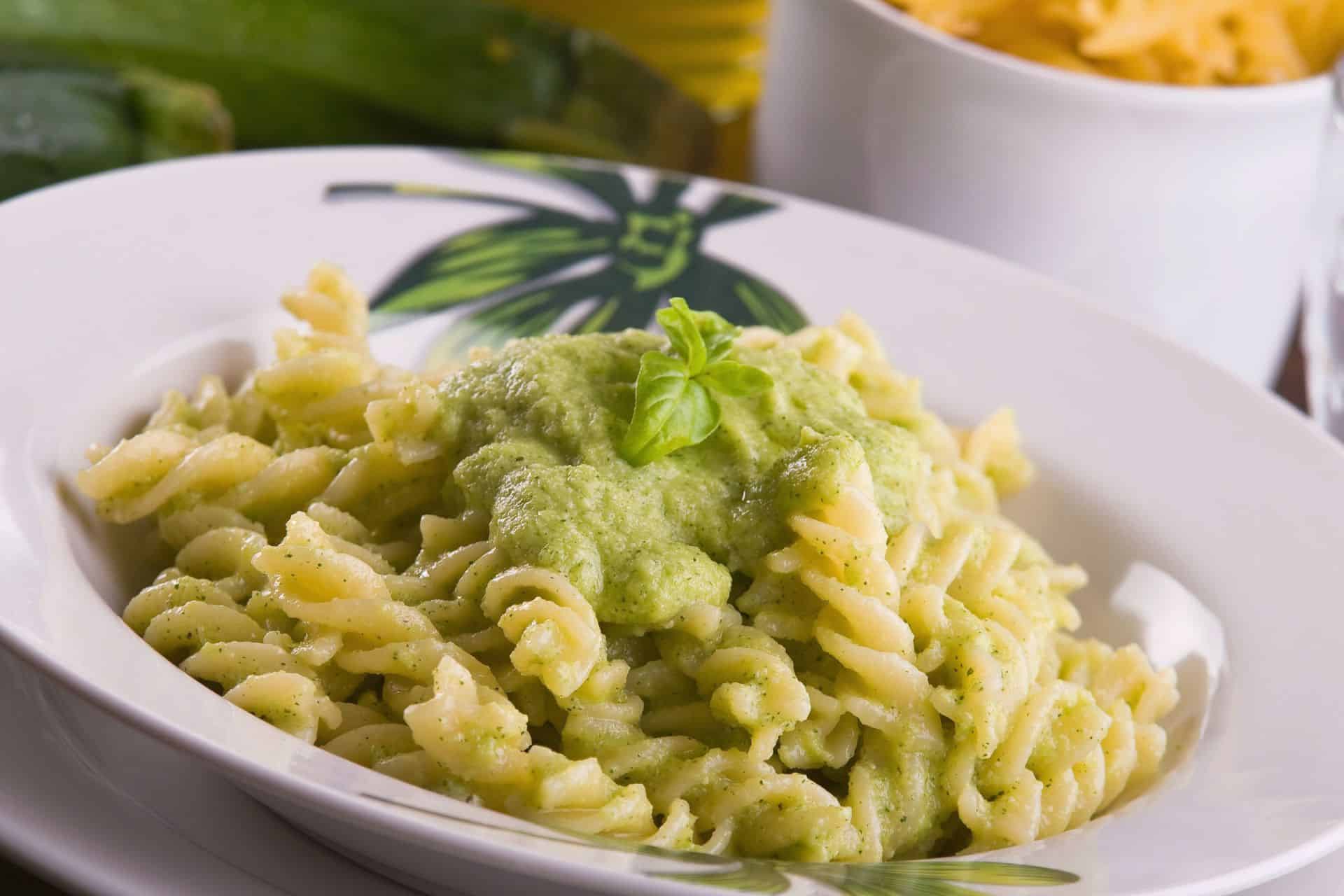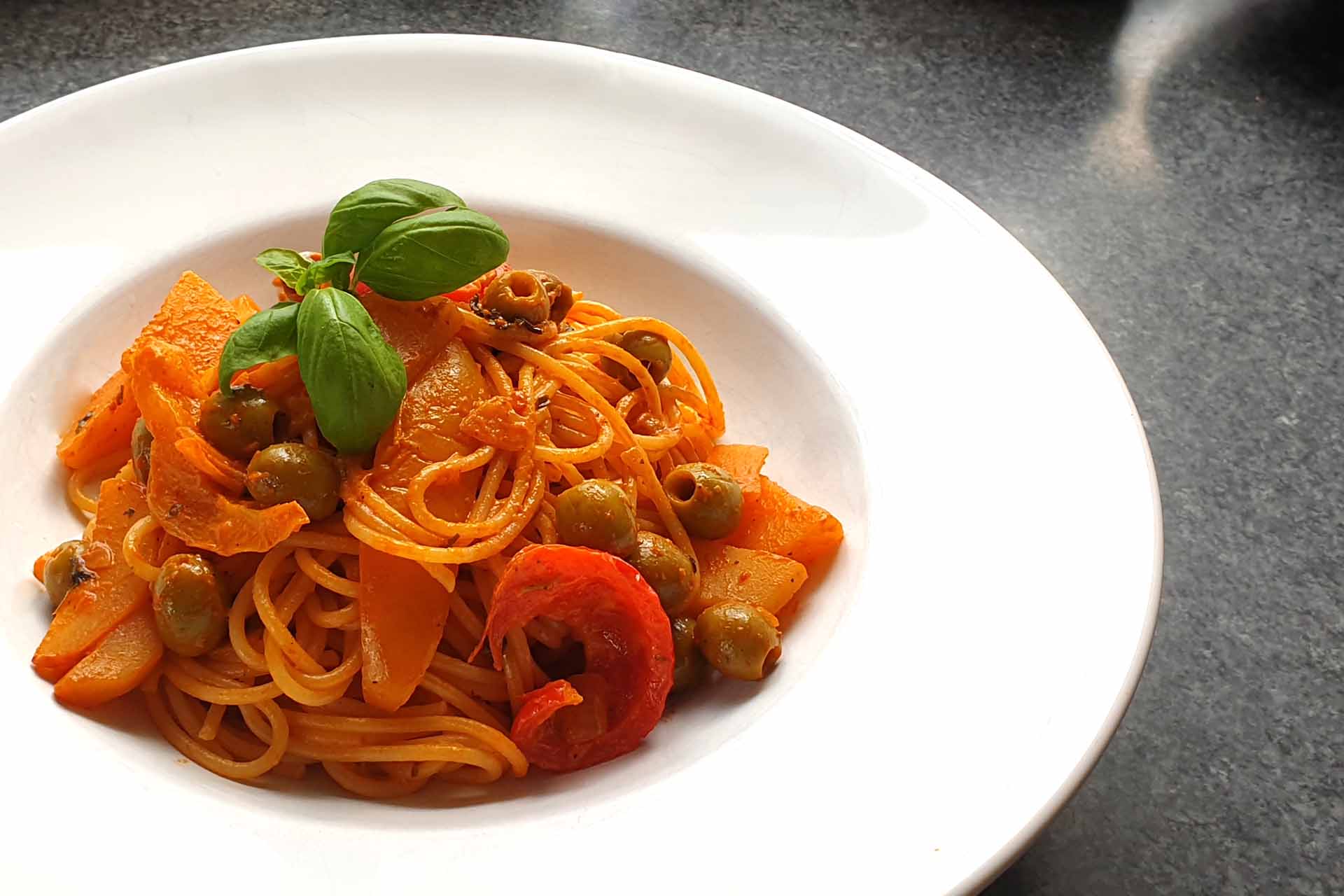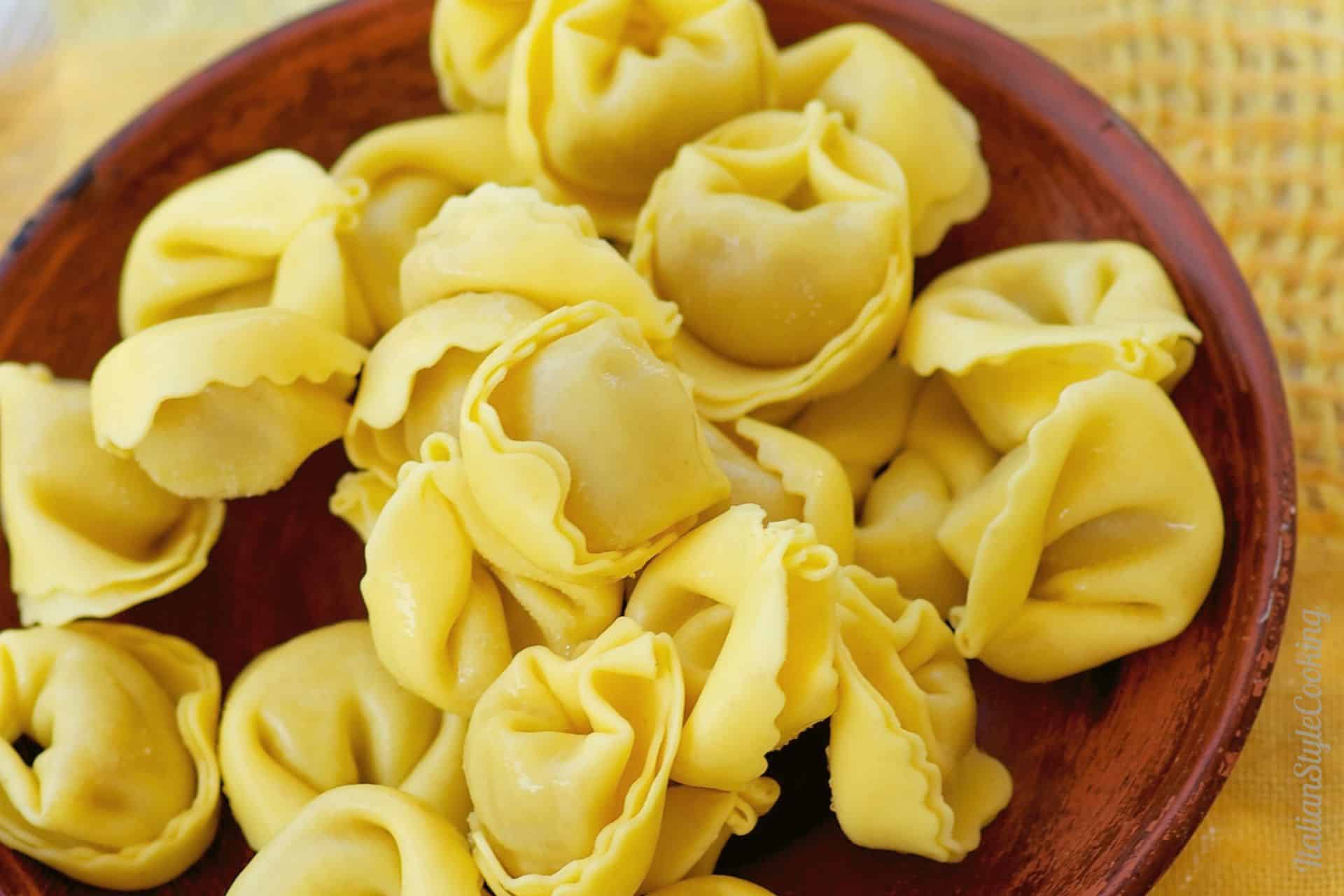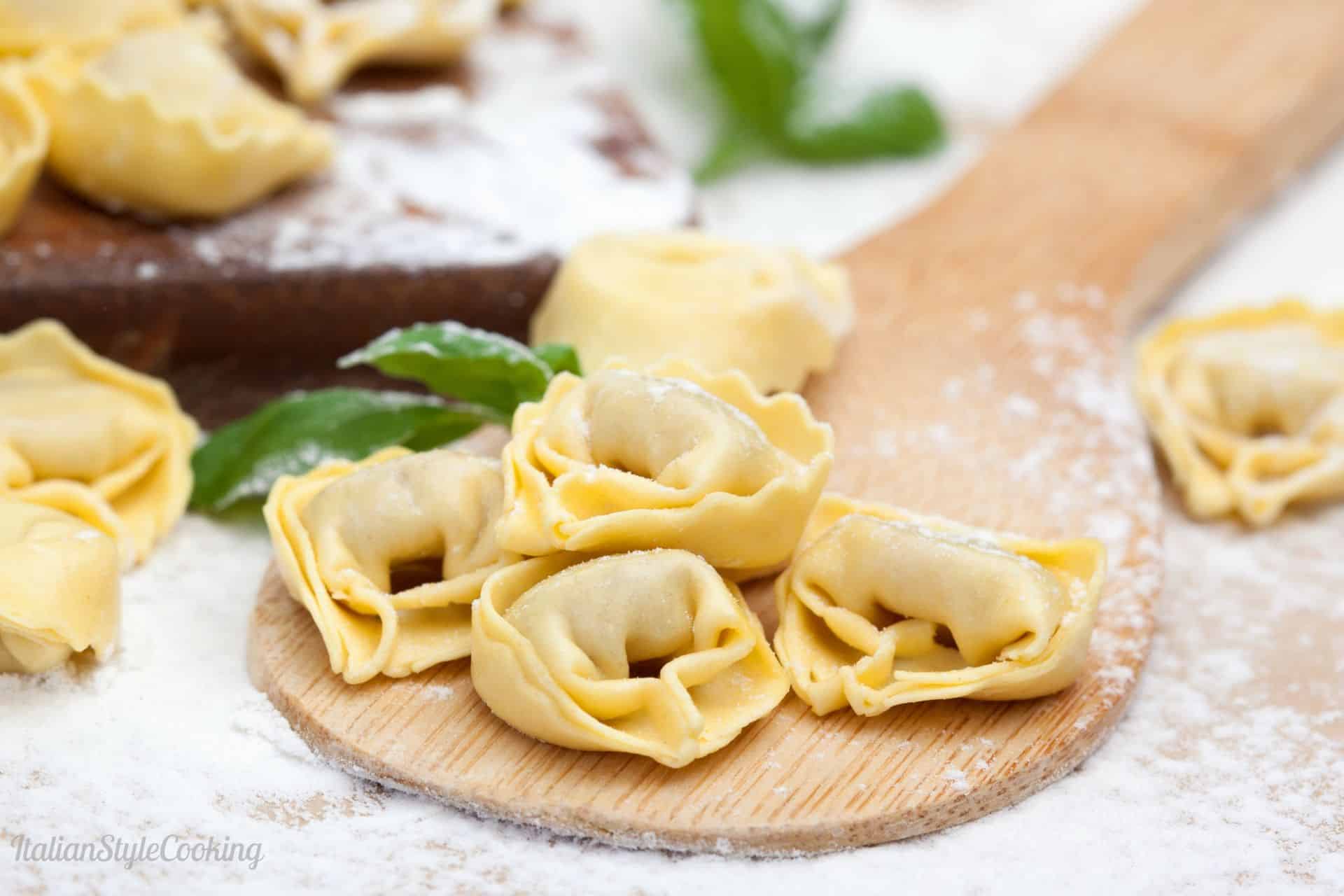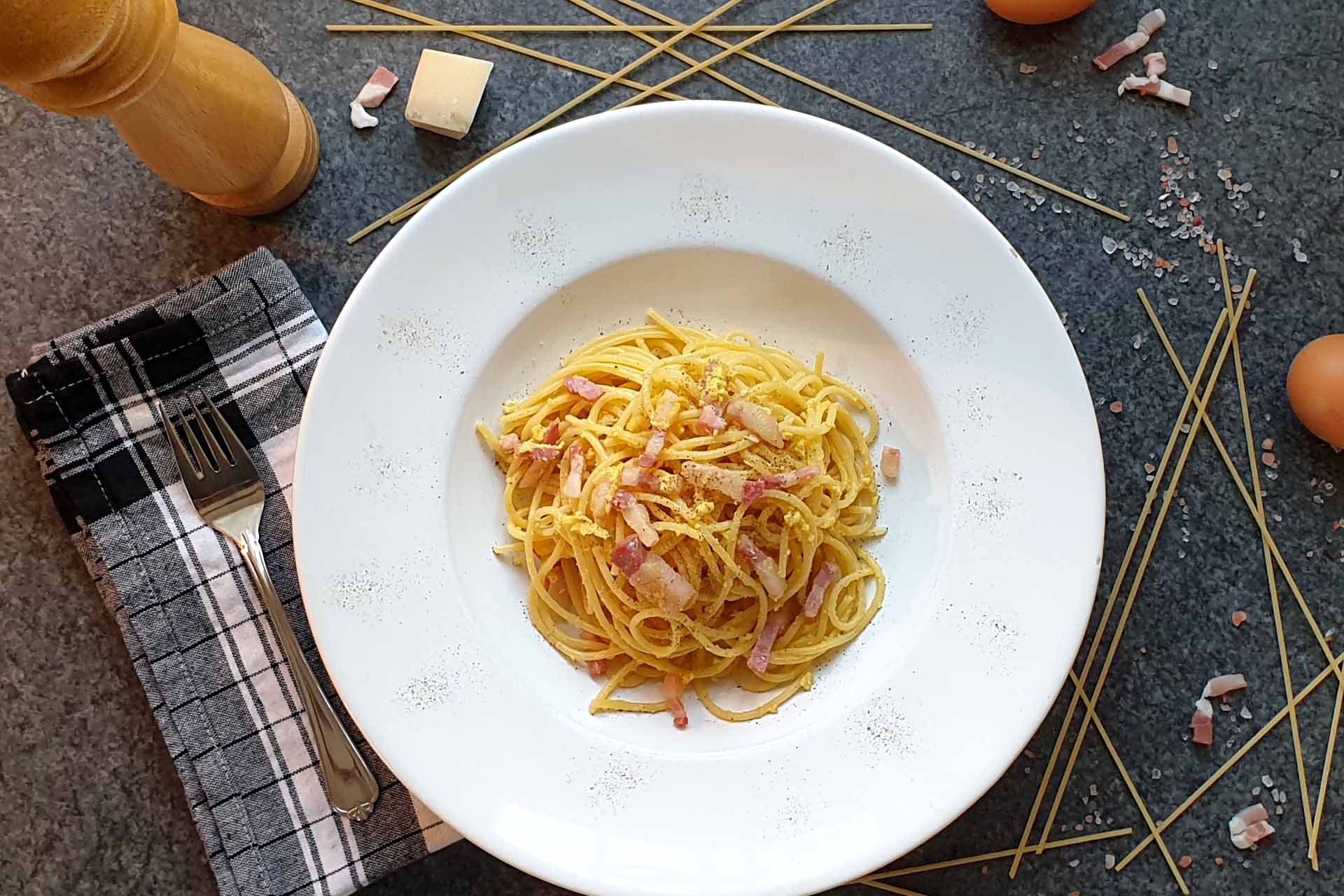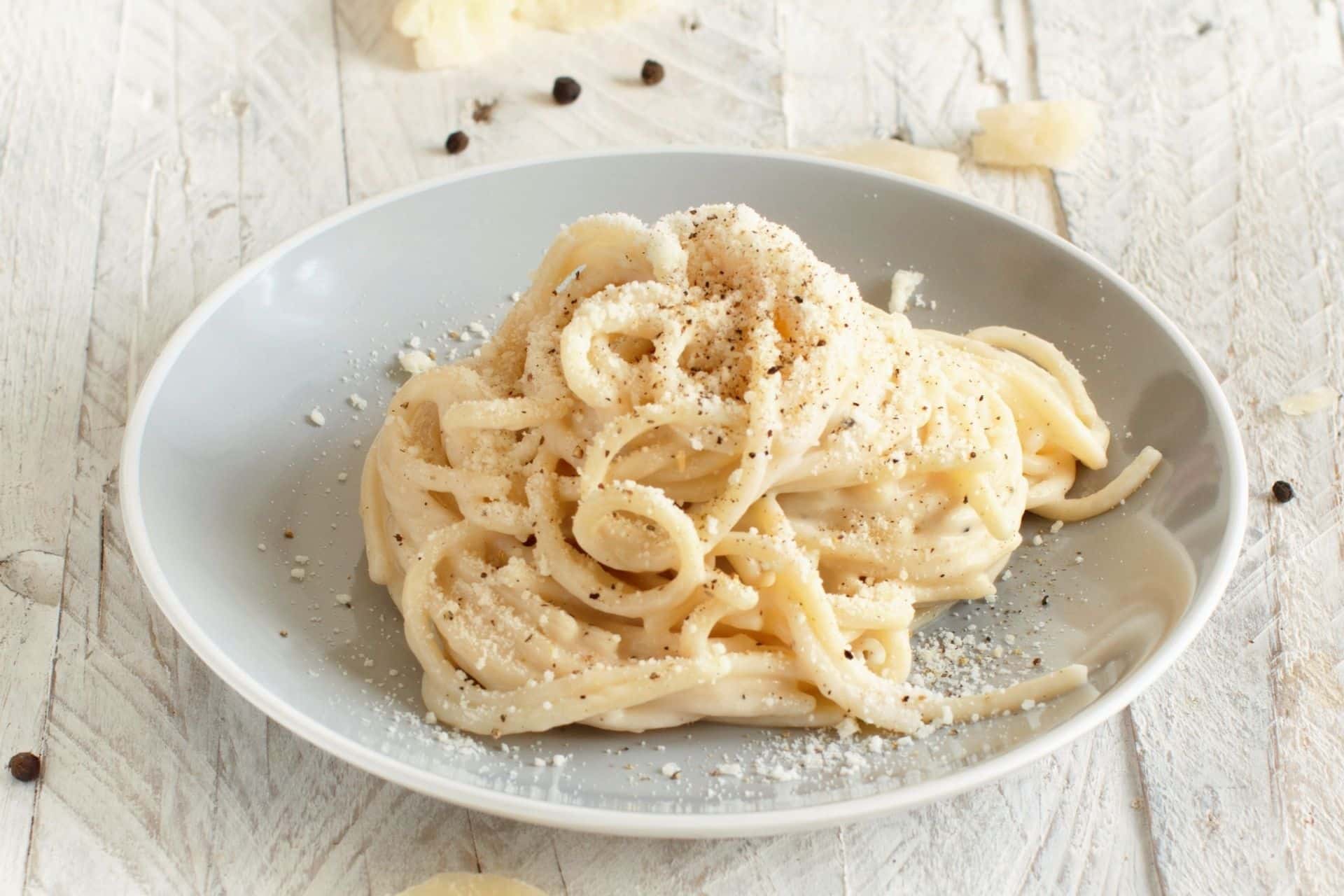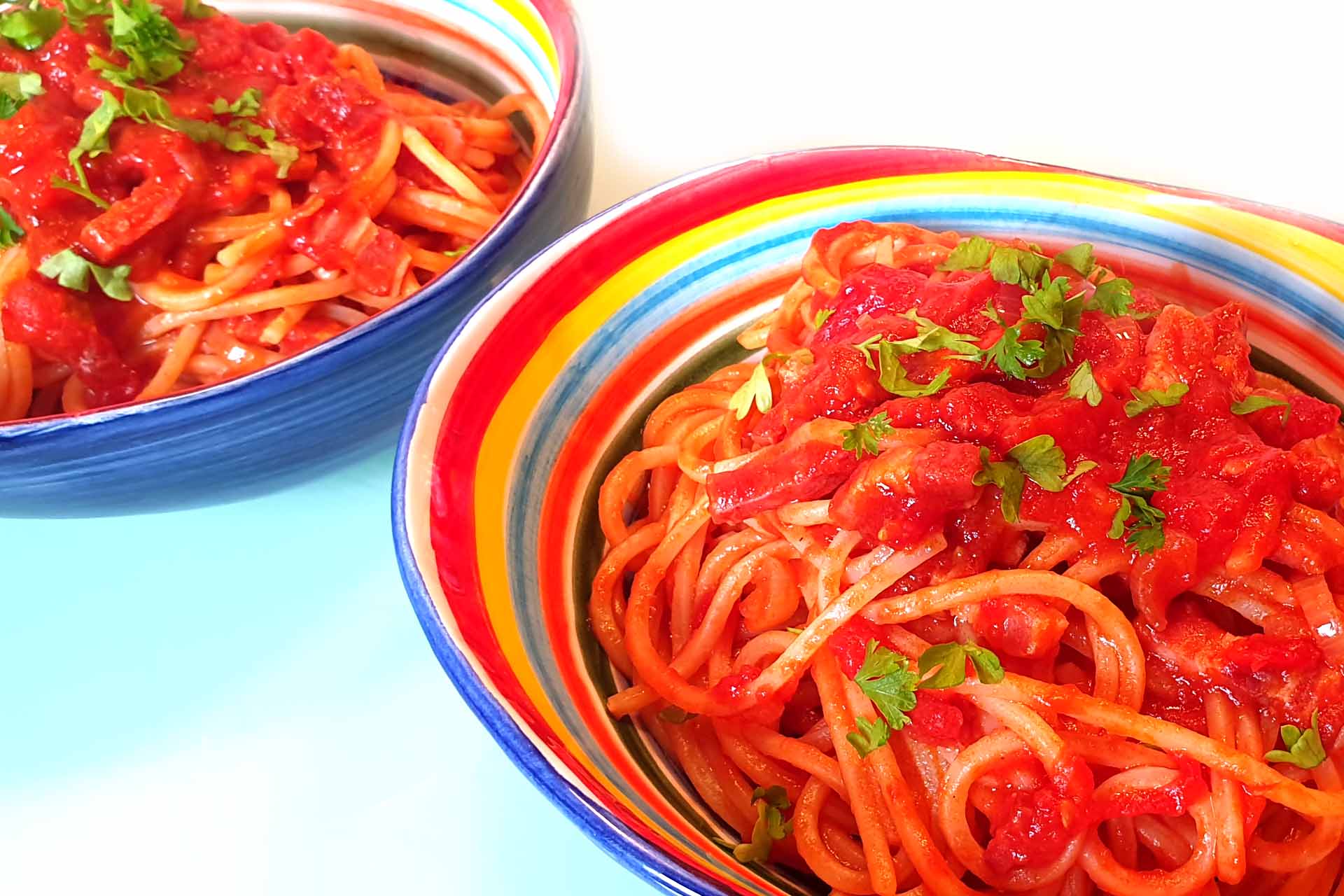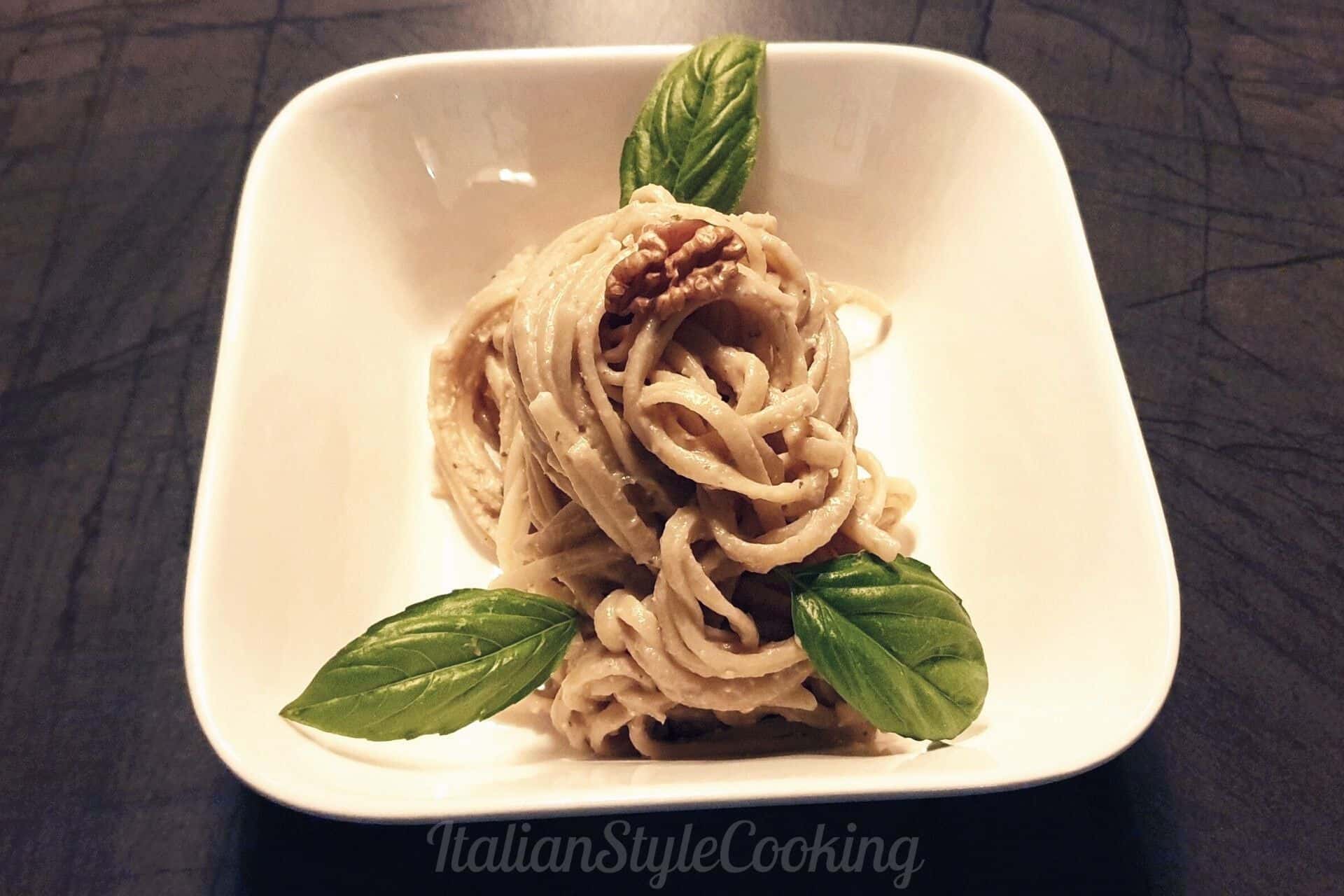Come cucinare la pasta?
How to cook pasta? This is a question to which there is only one correct answer:
The Italian way!
Pasta is a dish that has been one of the most famous and popular dishes of Italian cuisine for centuries. Italians take the preparation of pasta very seriously and there are many rules that must be followed without fail when preparing pasta in order to get a perfect dish and not anger the gods. In this article we will show you six important rules for the preparation so that from now on you cook pasta like a real Italian!
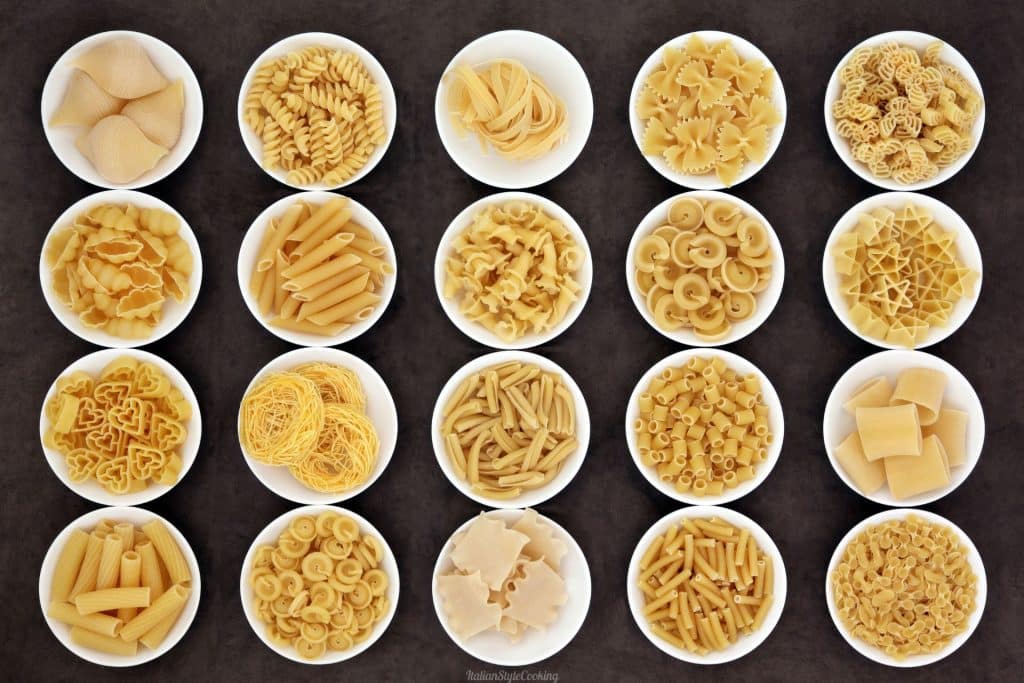
The first step in cooking pasta is choosing the right variety. In Italy, there are an incredible number of pasta varieties, each with its own flavors, shapes and textures. Some varieties are better suited for certain sauces than others. Here’s a little overview for you:
- Spaghetti, linguine and tagliatelle go well with thin sauces, such as aglio e olio or pesto. The long and thin pasta can wrap the sauce and thus provide a good taste.
- Short pasta such as penne, rigatoni, maccheroni, farfalle, orrecchiette and fusilli are ideal for strong sauces garnished with vegetables or meat. The grooves and the holes in the short pasta catch the sauce well.
- For salads, compact pasta such as farfalle, shell or ear pasta are suitable because they keep their shape well and do not fall apart.
- The pasta variety “Bucatini” with its hollow interior is ideal for sauces that contain a lot of liquid. The inside of the pasta can absorb the sauce and thus provide a good taste.
Overall, the choice of pasta type always depends on the sauce and ingredients. With the right choice, you can create a perfect Italian dish. But don’t be afraid now! In our recipes, of course, you will always find out which varieties go best with the respective sauce.
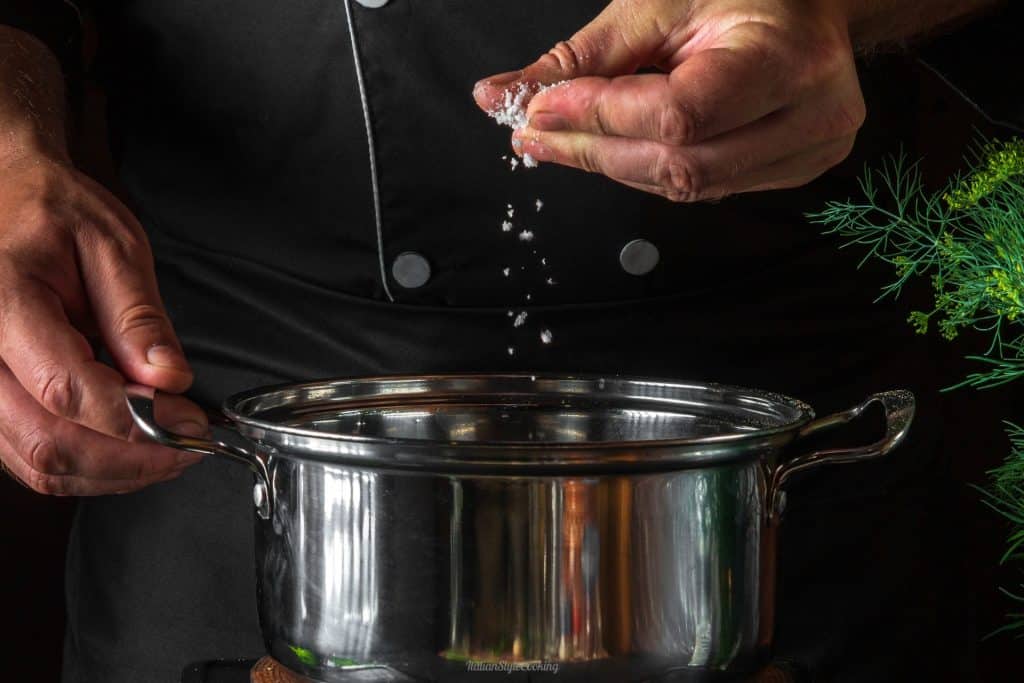
When it comes to making pasta, the pasta water is a crucial factor in the taste of the dish. The amount of water needed depends on the amount of pasta you want to cook. As a rule of thumb, use at least one liter of water per 100 grams of pasta.
The water must be salted generously so that the pasta absorbs the salt and thus develops the typical salty taste. The rule here is to use about 10g of salt per liter of water.
Here is a small example of this: So Primo Piatti we want to cook delicious spaghetti carbonara for 4 people. For this we need 400g spaghetti, so at least 4L of water (400g pasta / 100g per liter). These 4 liters of water we must now salt properly. Namely with 4L x 10g, so 40g salt.
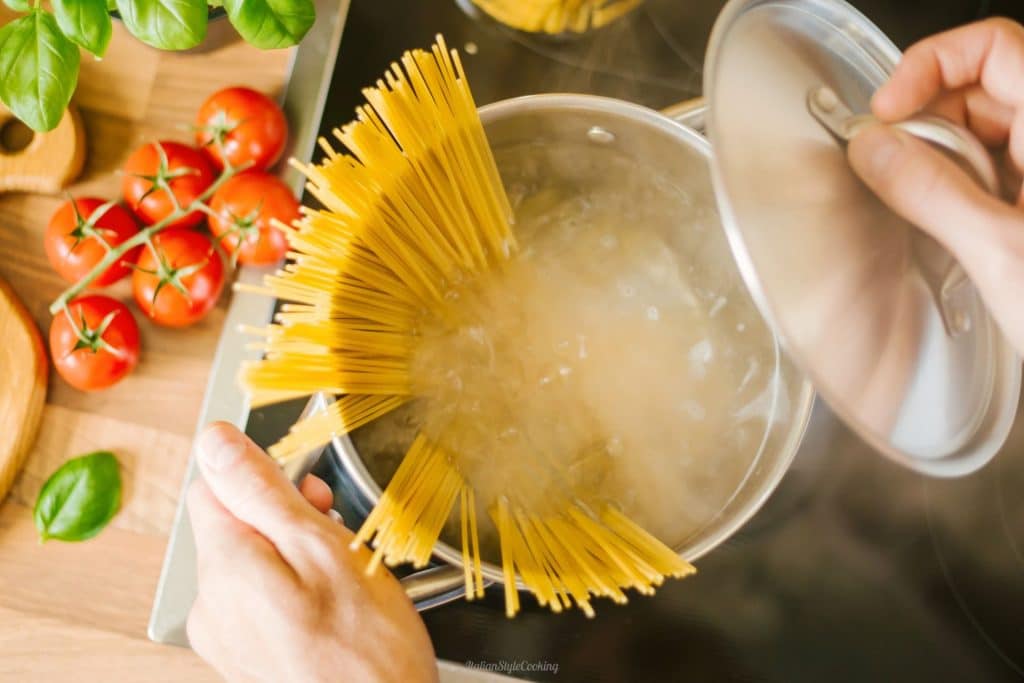
Once the water boils, the pasta is added to the pot. From now on, stir regularly to avoid lumps. The cooking time varies depending on the type of pasta. Fresh pasta usually cooks faster than dried pasta. To do this, read the instructions on the package to determine the correct cooking time. It usually takes about 10 to 12 minutes for the pasta to be al dente, or firm to the bite.
To check if the pasta is al dente, you can fish a noodle out of the pot and bite on it. When the pasta is firm but no longer hard, it is perfect!
If you are using dried pasta, we recommend that you drain the pasta about a minute before the indicated “al dente” time and then finish cooking it in the sauce.
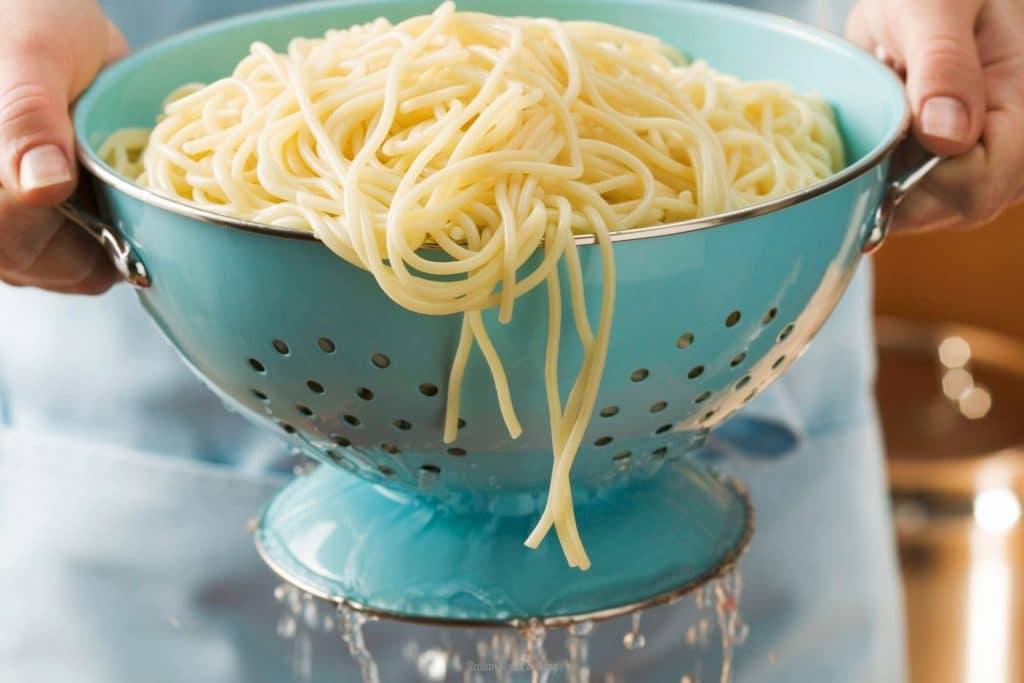
Skimming the pasta is an important step in the preparation of past. Once the pasta is cooked al dente, it must come out of the water. There are two proven ways to do this:
Probably the most common of these is to drain the pasta into a pasta strainer and let the water drip off by shaking it briefly. The second option is to fish the pasta out of the water with tongs and let it drain over the pot. Either method will do the trick. So take the one that is easiest for you.
However, the following applies to both: The pasta must always be drained as quickly as possible so that sticking is prevented in any case. Never rinse the pasta with water under any circumstances, as this washes off the starch and prevents the sauce from sticking to the pasta.
Tip: If you are cooking pasta for a cold pasta salad, drain the pasta and return it to the pot or large bowl, drizzle generously with olive oil and mix thoroughly. This will prevent any unwanted sticking and you can let the pasta cool at your leisure.
Attention! Please do not forget to keep a cup of the pasta water just before pouring. This is used in many sauces.
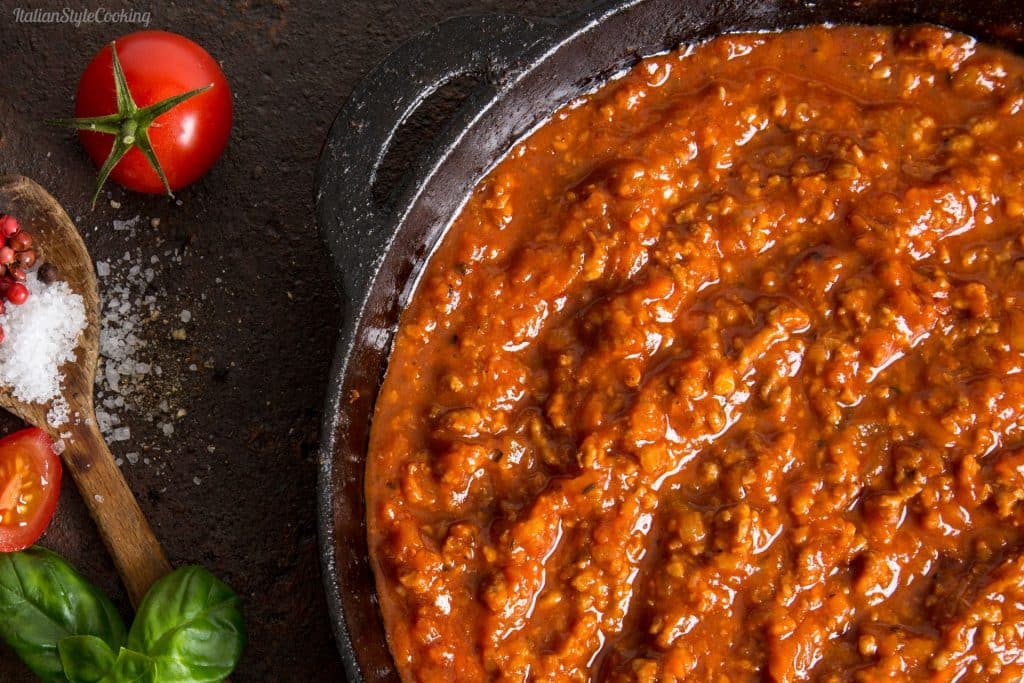
The sauce is the heart of every pasta dish and plays an extremely important role here. It adds flavor, texture and moisture to the pasta and can either completely change the dish or round it off perfectly.
If you’ve previously decided on a particular type of pasta you’d like to make, now it’s time to find the right sauce for it. Here are some factors you should consider when choosing the sauce:
- The pasta shape plays a decisive role in the selection of the sauce. Cavities and grooves absorb sauce particularly well. The sauce adheres better to pasta with tubes, such as penne rigate.
- The type of pasta is also an important factor in the choice of sauce. Egg pasta is said to be ideal with creamy sauces, while pasta made from durum wheat is better with tomato sauce and sauces with vegetables.
- The consistency of the sauce is also an important factor when choosing pasta. Short pasta goes well with thick sauces and in salads, while long-fiber pasta goes better with more liquid sauces.
- The flavor combination between sauce and pasta is also important. A rough pasta like tonnarelli from Rome goes well with a creamy sauce made from Pecorino Romano and pasta water. Stuffed pastas like tortellini and ravioli go well with creamy sauces.
On our pages you will find a large number of Italian sauces and pasta dishes. Browse through the delicious recipes and get inspired!
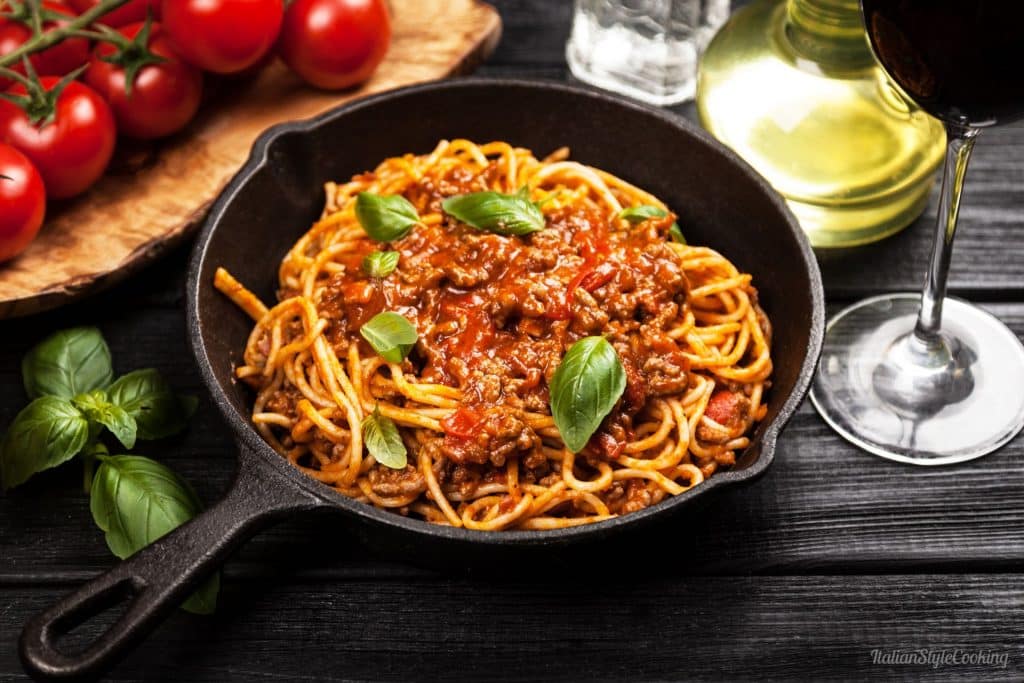
After the pasta and sauce are prepared, it’s time to mix them. Always add the well-drained pasta directly to the sauce and mix thoroughly. This will prevent the pasta from sticking together and the sauce will get into every corner of the pasta. If the sauce is still a little too thick, the reserved pasta water can be used to thin it a little.
We hope we could help you with the question “How to cook pasta?” and you are now a true master in this subject! Follow the above rules and you will be in the favor of the pasta gods for eternity and cook perfect pasta! Now get into the kitchen and use your new knowledge to make the best pasta you’ve ever made!
